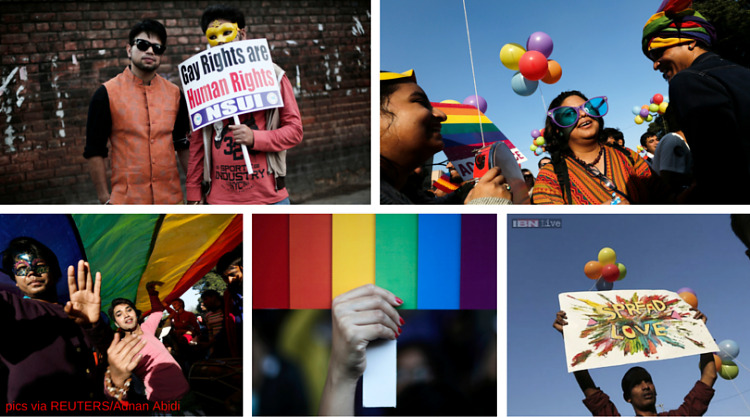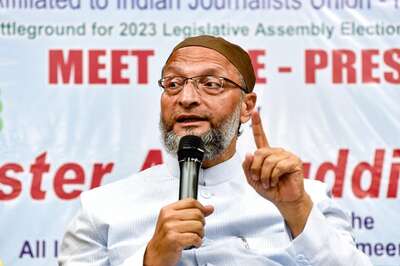
views
The history and our ancestral understanding of LGBT date back thousands of years. Almost every culture across the globe has cited occurrences of same-sex love and different sexual orientations. Be it the relationship between Emperor Hadrian and Antinous in Ancient Rome or the same sex partners of the Emperors of the Han Dynasty in ancient China. Even in ancient Egypt, the Ramesside Period has unmistakable mention of such depiction. Moving further eastwards, Japan also boasts of same gender relationships across ancient monarchs alike as mentioned in the Heian diaries. As we sweep through modern times, same-sex love has seen its prevalence in cities like Venice and Italy during the Renaissance Period.
Switching our focus to the Indian Subcontinent, our Vedic inscriptions have traditionally described Hindu saints and Gods to be able to possess characteristics of both genders at the same time. One such example is of Ardhanarishvara which is the merger of both Shiv (male) and Parvati (female).

Another instance of such hermaphroditic existence is created by the union of Lakshmi and Vishnu, commonly known as Lakshmi-Narayana. Further, cross dressing and sex change have mythological significance. Take the example of the character Shikhandi in the Mahabharata who Bhishma refused to fight. In fact, ancient Indian culture openly embraced different sexual orientations, proof of which reflects to date in the sculptures and paintings at Khajuraho and the explicit and elaborate descriptions in the Kamasutra. It would not be wrong to say that ancient India was very open to the idea of homosexuality and other sexual orientations.
Talking of modern times, the challenges that exist with the LGBT community as a whole have never been part of any political agenda. Perhaps that is why there has been no nationwide recognition, as against the relative openness we experience in other societies globally.

The last couple of years, however, have seen India progress in terms of attempts made to embrace the LGBT community by way of Pride Events and Rainbow Parades. Such awareness events have not just set foot in the bigger metros of Delhi, Mumbai, Bangalore, Chennai and Kolkata but also in tier two cities like Madurai, Bhabaneshwar and Thrissur.
With the election of India’s first transgender – Shabnam Mausi to public office and K. Prithika Yashini being selected as India’s first transgender Police Officer, it is hoped that we will soon catch up with the thinking our ancestors once nurtured and respected.















Comments
0 comment